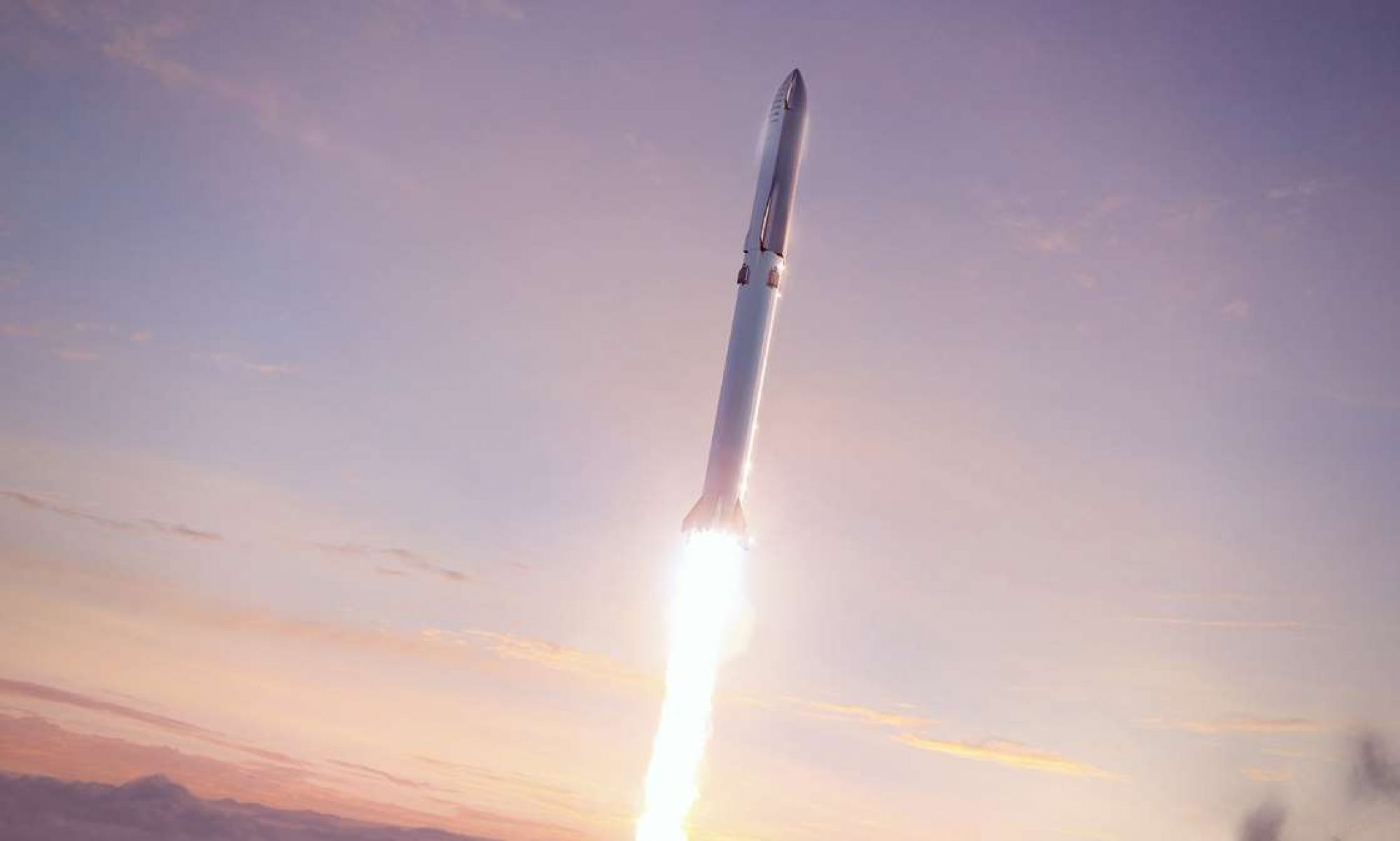Titan has energetic materials in its atmosphere and on its surface – hydrogen and acetylene, which combine to make methane:
C2H2 + 3 H2 -> 2 CH4 + 376.3 kJ/mol
As linked here, Irvin Glassman proposed a rocket that mixed 8 parts H2 to 1 part C2H2 to ensure total burn-up (zero free carbon) and a specific impulse of about 276 seconds.
Just how much is available on Titan? The production rate of C2H2, from photolysis of methane, is estimated to between 1.2 to 0.32 billion molecules per square centimetre per second. Over the last ~4 aeons that’s about ~80 to 25 metres of acetylene coating the entire surface. Studies of cosmic-ray effects on acetylene ice indicates the steady soak of cosmic rays, even at the bottom of the atmosphere, makes Poly-Aromatic Hydrocarbons (PAHs) like benzene and its more complicated kin, thus providing a steady supply of materials to form the vast dune fields of Titan. Spectral studies by Cassini indicate the strongest presence of acetylene in the dune dominated Dark Terrains of Titan, thus vast amounts of acetylene – and derivatives – is likely.
The limiting factor is hydrogen – at 0.1% of the atmosphere, by mixing ratio, that means there’s about 8 kg per square metre available for a surface pressure of 146.7 kPa. Total mass would be ~670 billion tonnes. Using Glassman’s rocket mix, the total would be ~1.74 trillion tonnes of propellant. Hydrogen likely regenerates, thanks to the same photolysis that creates acetylene.
2 CH4 + UV photons -> C2H2 + 3 H2
Assuming an acetylene production rate of 0.32 billion molecules/cm2/s, therefore about 42 billion moles of H2 is created per year, some 84,500 tonnes. The 670 billion tonnes already present is therefore “fossil” and represents about ~ 8 million years of production. A significant amount leaks away into space and is involved in further photochemical reactions with methane etc.
